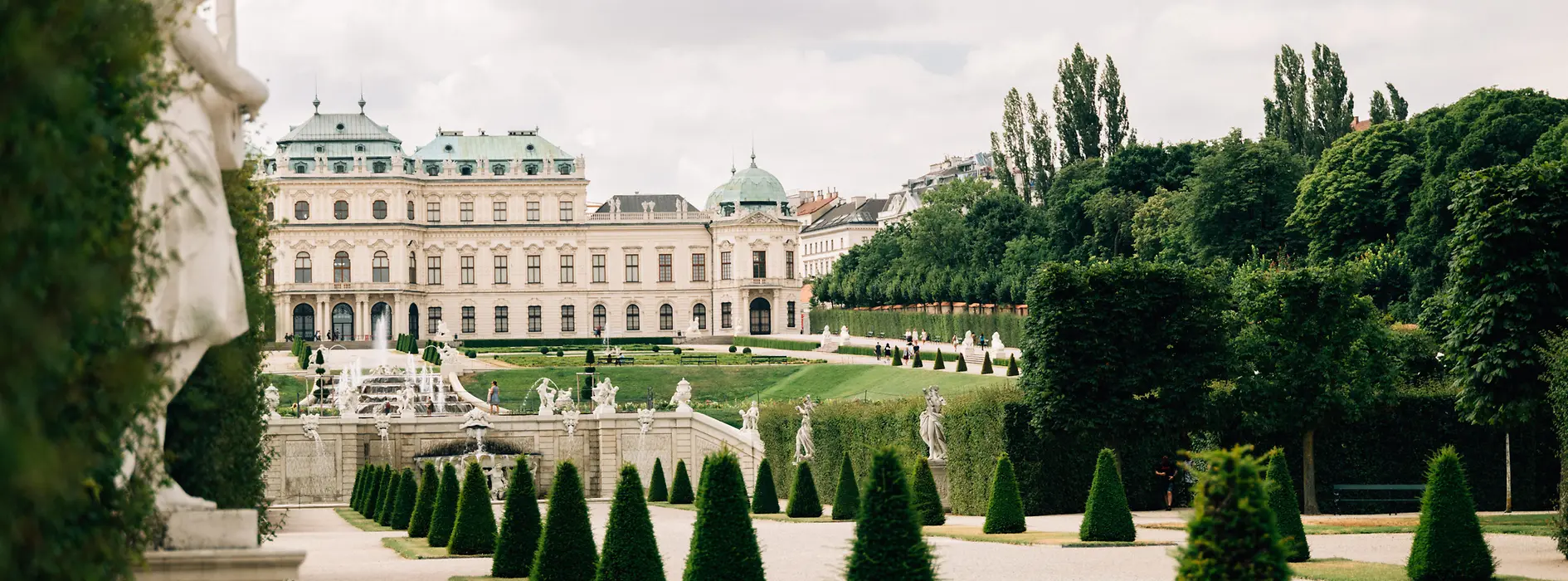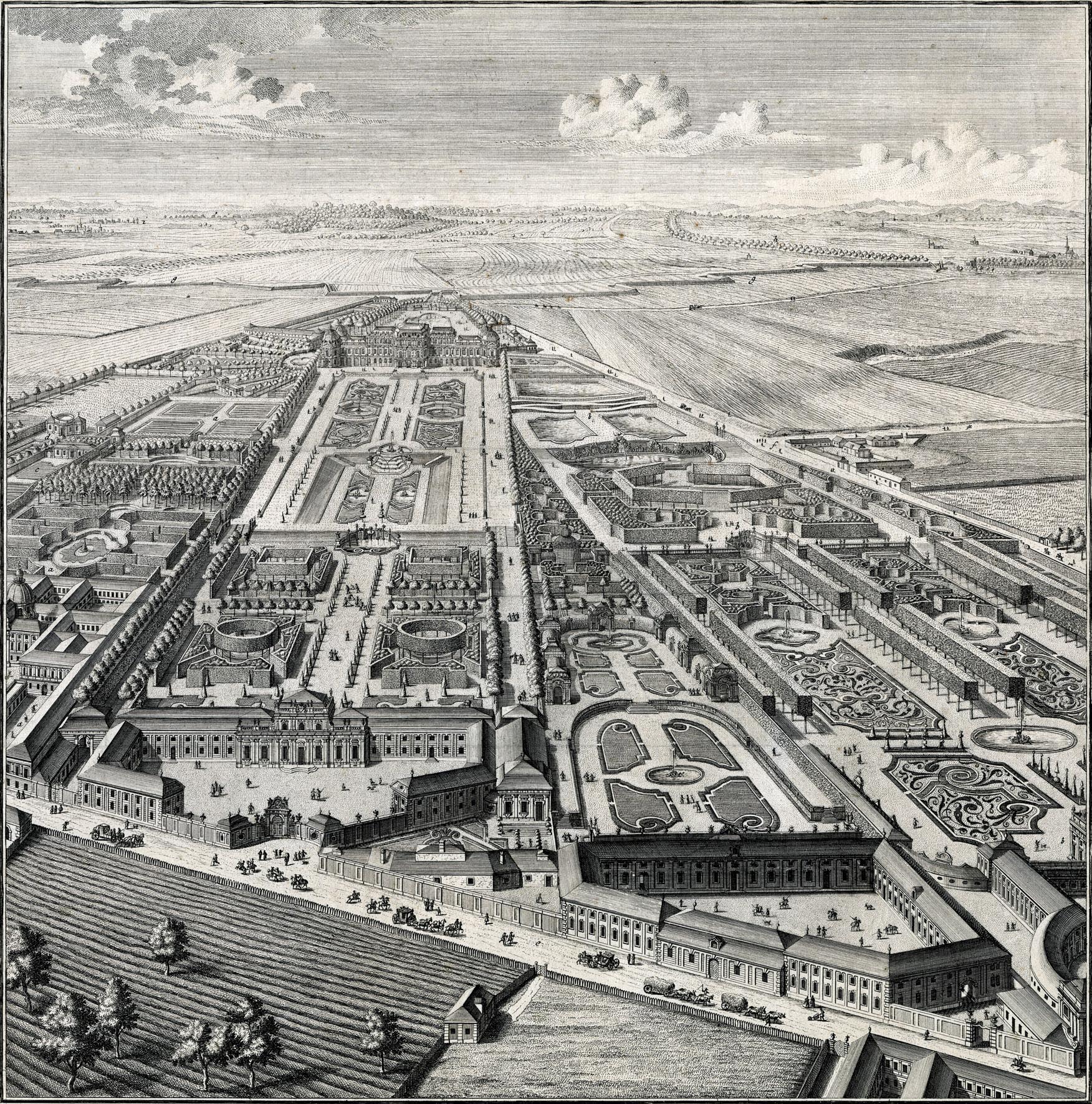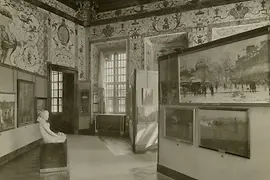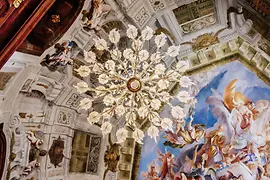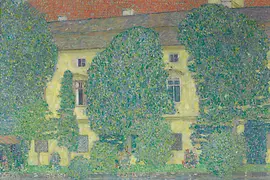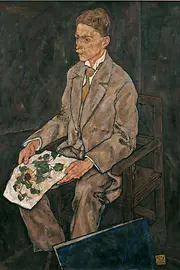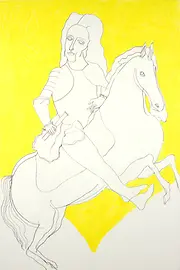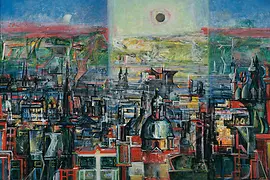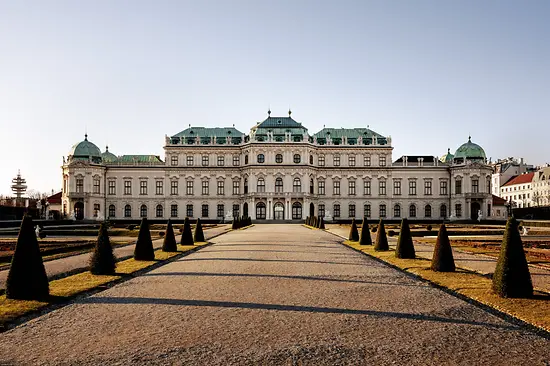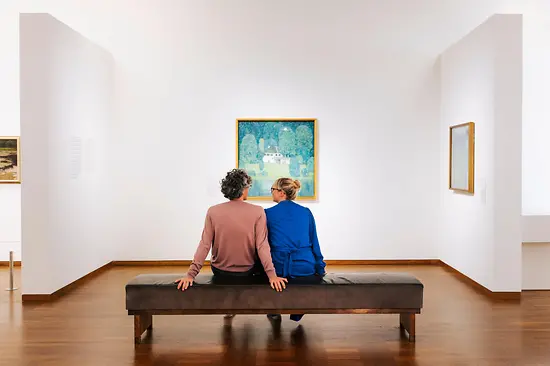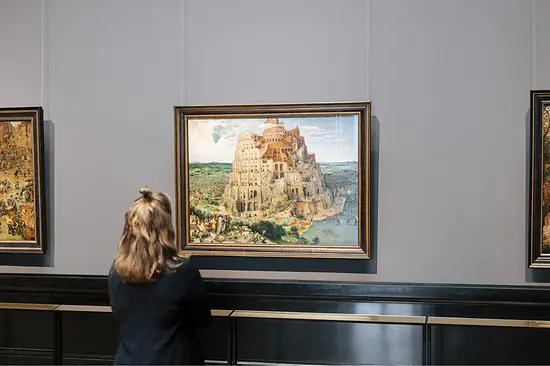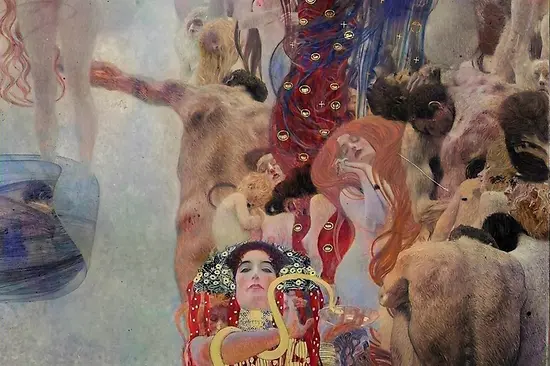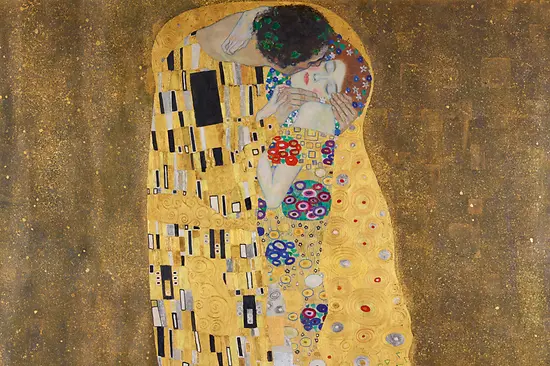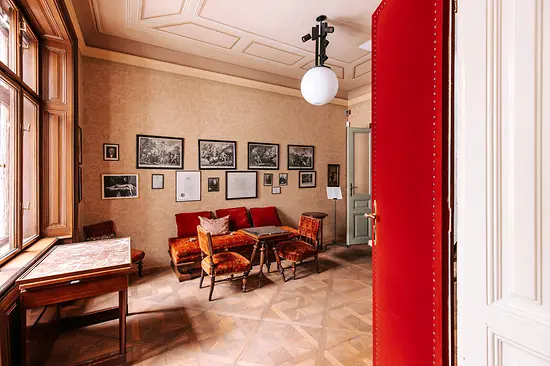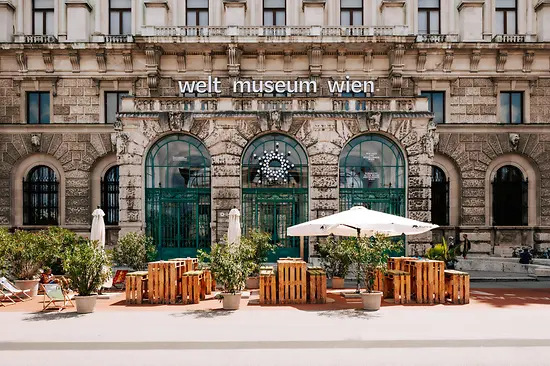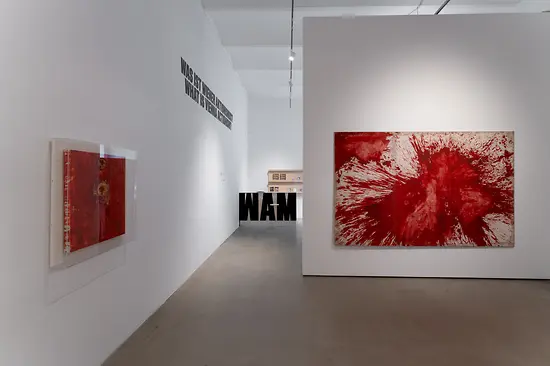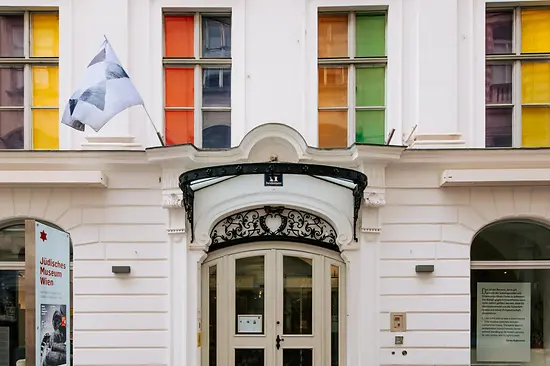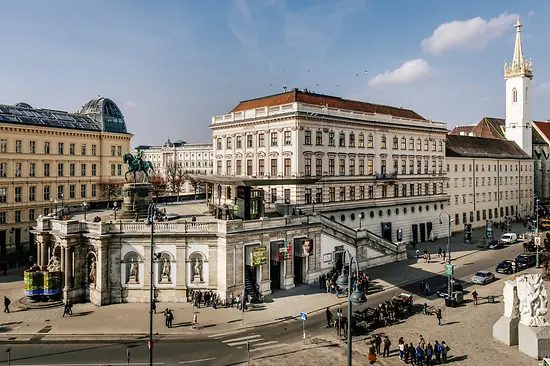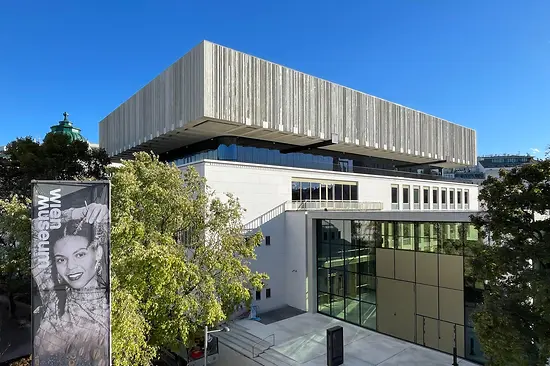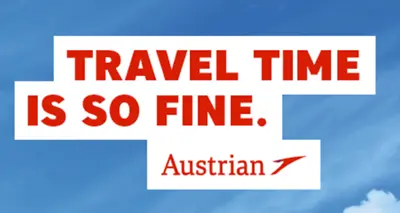300 years of the Belvedere
The 10 years it took to build the Upper Belvedere, which initially served as a summer residence for the famous military commander Prince Eugene of Savoy, came to an end in 1723. The unique, Baroque Belvedere palace complex was thus complete.
The institution is taking the opportunity of this major anniversary in 2023 to look back over its own history. As a museum it has developed down the years into one of the leading addresses for art. Maria Theresa once opened one the world's first publicly accessible museums in the Upper Belvedere (1777). However, the Baroque palace also became the setting for glittering parties and important events like the wedding reception of Marie Antoinette (1770) and, of course, the signing of the Austrian State Treaty (1955).
300 moving years
The major exhibition project "The Belvedere. 300 Years a Place of Art" can be seen in the Orangery from December 2022. It is a critical homage to the history of a place that has undergone constant change through the centuries. The exhibition spans the years from 1723 to the present day. For 15 months, visitors can dive into the eventful history of the institution and its world-famous art collections covering 800 years from the Middle Ages to the present day.
The museum's holdings are used to show how different focal areas were in demand, depending on the epoch. Historical developments and institutional changes are traced. The exhibition also looks at how works were added to and removed from the collection. A famous example? The return of Gustav Klimt's "Goldene Adele" to inheritors in 2006.
The Belvedere. 300 Years a Place of Art
Orangery, December 2, 2022 – February 25, 2024
Upper Belvedere (Oberes Belvedere)
1030 Vienna
-
Comments
-
Please note: If visiting the Upper Belvedere, you must make a free reservation for a time slot for group travelers (from 10 people). https://www.belvedere.at/en/tourism-b2b
Monday to Sunday, 9.00 am - 5.00 pm
Email: booking@belvedere.at
Telephone: +43 1 795 57-333
-
-
Vienna City Card
-
Benefits of the Vienna City Card: -9%
Additional information on the offer:
- 1,50€ on the current entry ticket price (Upper Belvedere)
- 2,50€ on the current entry ticket price (Upper and Lower Belvedere)
-
-
Opening times
- daily, 09:00 - 18:00
-
Accessibility
-
Main entrance
- no steps (Swinging doors 102 cm wide)
-
Car parks Main entrance
-
Parking spaces for people with disabilities
Parking space for visitors with disabilities in front of the entrance at Prinz-Eugen-Strasse 27, Parking: 10 am – 6 pm
-
Parking spaces for people with disabilities
-
Elevator available
- Door 150 cm wide
-
Further information
- Seeing eye dogs allowed
- Wheelchair accessible restroom available.
-
Special offers for people with disabilities
Reduced admission for people with disabilities and assistants. "See differently" guided tours (tactile tours) in the Upper Belvedere for blind and visually impaired visitors. The following topics can be booked in advance: A palace to touch - the new tactile model of the Upper Belvedere Ferdinand Georg Waldmüller and his time Gustav Klimt's main work "The Kiss" Multimedia guides with videos in Austrian Sign Language (OGS) are available for deaf visitors. Over 30 videos provide information on selected works from the collection in the Upper Belvedere as well as on the palace and gardens and the history of the Belvedere
-
Comments
2 elevators reachable via a ramp (staff will provide assistance), wheelchairs available at the cloakroom.
Shop/café: a few steps (staff will provide assistance).
-
Main entrance
Lower Belvedere, Orangery
1030 Vienna
-
Vienna City Card
-
Benefits of the Vienna City Card: -10%
Additional information on the offer:
-€ 1,50 on the current entry ticket price
(Lower Belvedere)
-€ 2,50 on the current entry ticket price
2in1 Ticket (Upper & Lower Belvedere)
-
-
Opening times
- daily, 10:00 - 18:00
-
Accessibility
-
Main entrance
-
(Door 90 cm wide)
Rennweg 6 - Ramp 600 cm long , 200 cm high
-
(Door 90 cm wide)
-
Elevator available
-
Further information
- Seeing eye dogs allowed
- Wheelchair accessible restroom available.
-
Special offers for people with disabilities
Guided tours for groups in Austrian sign language and for the visually impaired (tactile tours). Reduced admission for persons with special needs and their escorts.
-
Comments
Lower Belvedere Shop & Orangerie: no steps
Orangery entrance: wheelchair access via link corridor from Lower Belvedere to the Orangery, 2 single, paned doors (each 131 cm wide). Wheelchair-accessible restroom in the Orangery.
-
Main entrance
